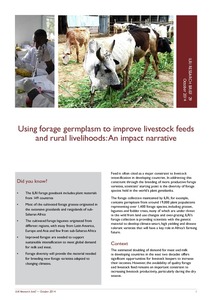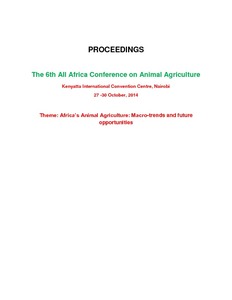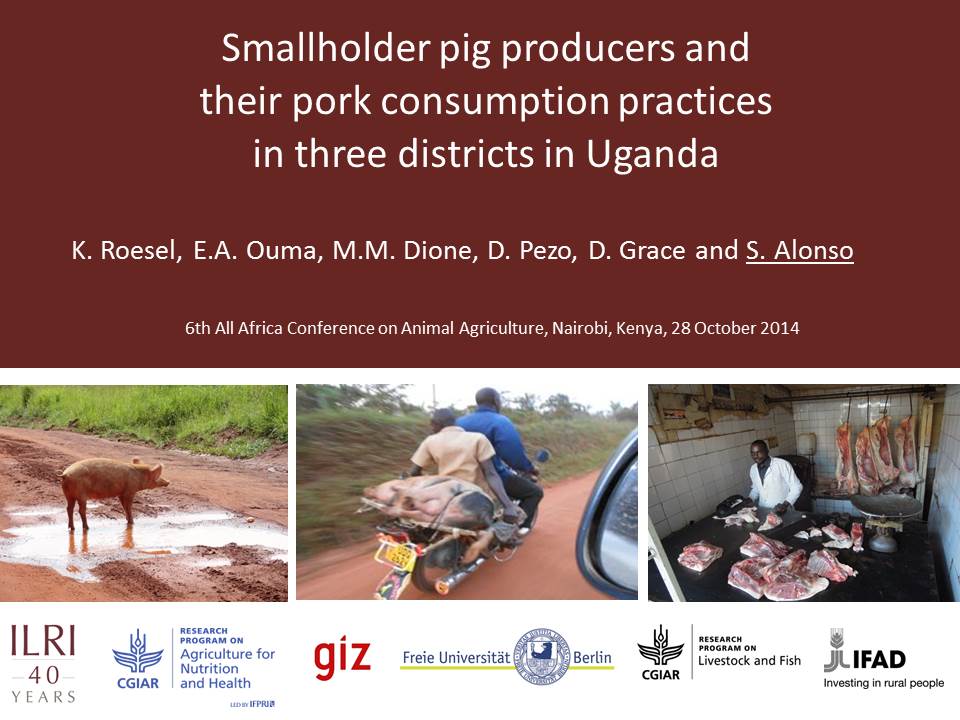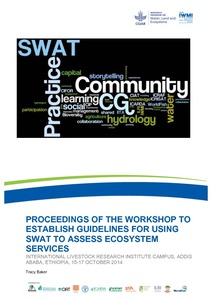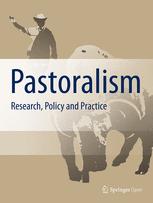Vaccination as a way forward? A case study on how a poultry vaccination intervention influences poultry keeping in Kenya
Poultry is important for many poor smallholders, but infectious diseases, such as Newcastle disease, can drastically reduce the poultry population in a village and affects the food security and the livelihood of many farmers. Newcastle disease vaccination can reduce the spread of disease, but may be hard to access for smallholders if there is not a supportive system in place.


